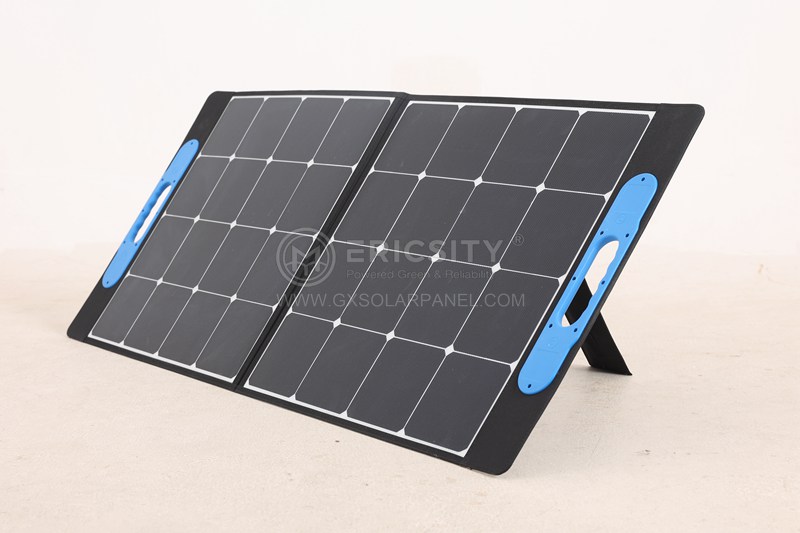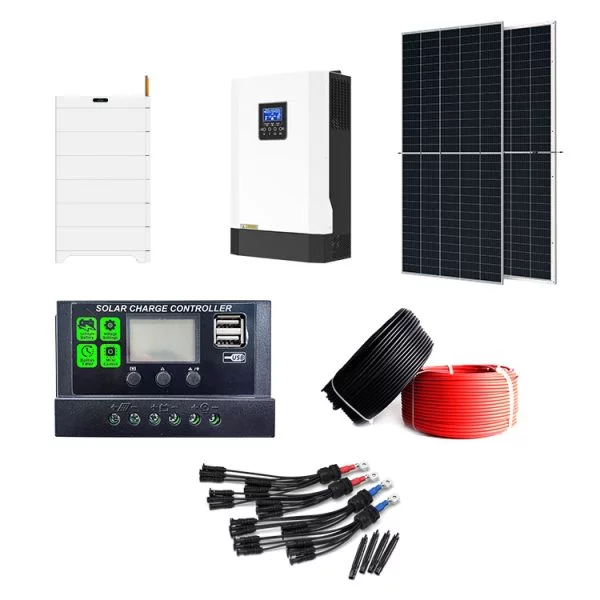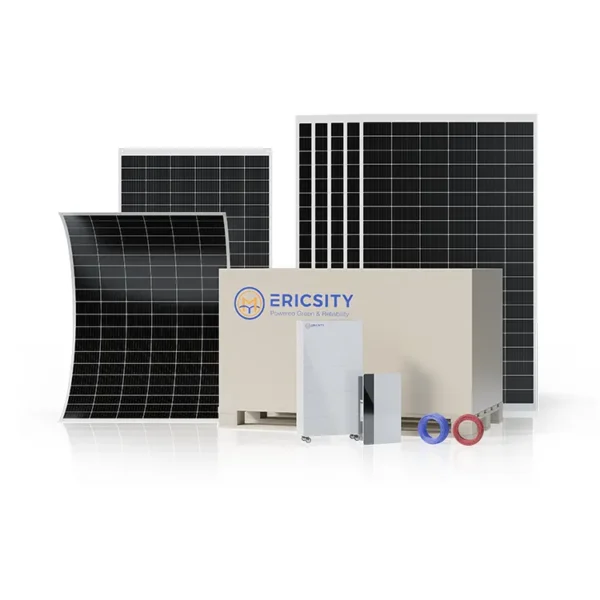HOT PRODUCT
Product Details
amorphous Flexible Solar Panels In Agriculture: A Case Study
Title: Amorphous Flexible Solar Panels in Agriculture: A Case Study
Introduction (100 words)
Agriculture plays a vital role in sustaining the global population, making it crucial to explore innovative solutions to address the industry’s energy needs. One such solution is the integration of amorphous flexible solar panels in agriculture. These panels offer numerous benefits, such as their capacity to generate electricity from solar energy while seamlessly blending into various agricultural settings. This article presents a comprehensive case study that examines the successful implementation of amorphous flexible solar panels in agriculture, highlighting their positive impacts and potential applications.
Advantages of Amorphous Flexible Solar Panels (150 words)
Amorphous flexible solar panels boast several advantages that make them ideal for agricultural applications. Firstly, their lightweight and flexible nature enable easier installation on various surfaces, including curved structures, rooftops, and even agricultural machinery. This flexibility ensures that farmers can maximize their energy production by utilizing spaces that were previously considered unsuitable for traditional solar panels.


Moreover, amorphous panels are less prone to damage caused by physical stress. With their ability to withstand bending, twisting, and vibrations, these panels can withstand harsh weather conditions, including heavy rainfall and strong winds, ensuring a longer lifespan compared to rigid photovoltaic alternatives.
Integration into Agricultural Settings (200 words)
The seamless integration of amorphous flexible solar panels into agricultural settings has opened up new opportunities for sustainable energy generation without compromising the functional aspect of the land. For instance, farmers can install these panels on barn roofs, grain storage facilities, or even greenhouses, enabling them to harness solar energy without sacrificing valuable farming space.

Furthermore, the lightweight and flexibility of amorphous panels make them easily adaptable to mobile structures, such as irrigation systems or farm machinery. By integrating solar panels into these agricultural components, farmers can power their equipment and reduce dependence on fossil fuels, resulting in significant cost savings and a reduced carbon footprint.
Case Study: Amorphous Flexible Solar Panels in Crop Irrigation (250 words)
To demonstrate the effectiveness of amorphous flexible solar panels in agriculture, let us consider a case study involving crop irrigation. A farmer in a sun-drenched region installed these panels on a mobile irrigation system to power the pump responsible for water distribution.
By placing the solar panels on top of the irrigation system, the farmer utilized previously unused space while ensuring the panels were exposed to optimal sunlight throughout the day. The system’s flexibility allowed for easy adjustments, ensuring the panels remained tilted towards the sun for maximum energy capture.
The amorphous flexible solar panels successfully powered the irrigation system, providing a sustainable solution while significantly reducing the farmer’s reliance on non-renewable energy sources. Moreover, the lightweight nature of the panels prevented excessive strain on the irrigation infrastructure, resulting in improved efficiency and reduced maintenance costs.
Conclusion (100 words)
The integration of amorphous flexible solar panels in agriculture presents an innovative and sustainable approach to meeting the energy requirements of the industry. This case study highlights their numerous benefits, including their adaptability to various agricultural settings, durability, and cost-effectiveness. By harnessing solar energy, farmers can reduce their dependence on fossil fuels, lower their carbon footprint, and achieve long-term cost savings. As technology advances, amorphous flexible solar panels will continue to play a pivotal role in ensuring a greener and more sustainable future for agriculture.




